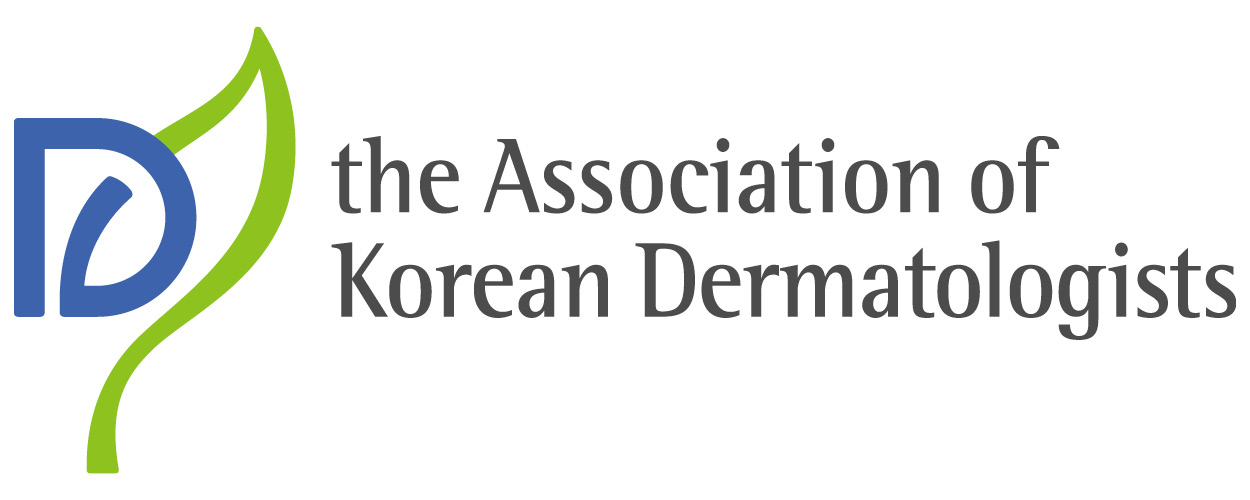Objectives: To underscore the critical role of the 1.5mm transducer depth (TD) in High-Intensity Focused Ultrasound (HIFU) for achieving significant skin quality enhancement, distinct from conventional deeper treatments focused on laxity. To introduce and detail the specific clinical protocol employing the 1.5mm TD HIFU for superficial dermal rejuvenation. To share practical techniques and considerations for optimizing clinical outcomes in skin texture, pore refinement, pigmentation and fine lines using this modality.
Introduction: While the 3.0mm and 4.5mm transducers are commonly utilized in HIFU treatments for addressing tissue laxity via deeper thermal coagulation points, improvement of intrinsic skin quality necessitates specific targeting of the superficial dermis. Consequently, utilization of the 1.5mm TD is fundamentally important for this objective. This presentation will concentrate on the strategic application of the 1.5mm TD, maximizing overall skin quality enhancement.
Materials / method: This presentation focus on the application of 1.5mm TD HIFU for skin quality improvement. Key components of the protocol include specific patient selection criteria pertinent to superficial concerns, tailored treatment parameters optimized for the superficial dermis, and integration strategies within broader treatment plans.
Results: Application of the 1.5mm TD HIFU consistently yields discernible improvements in quantitative and qualitative parameters of skin quality. Observed outcomes typically include enhanced skin texture uniformity, reduction in apparent pore size, and amelioration of pigmentation. Representative clinical cases, including photographic documentation, will be presented to illustrate the tangible results achieved through this focused 1.5mm TD protocol.
Conclusion: Strategic targeting of the superficial dermis with the 1.5mm transducer depth is crucial when the primary therapeutic goal of HIFU is substantial improvement in intrinsic skin quality.
Divulgação de informações
Você recebeu algum patrocínio para sua pesquisa neste tema?
Não
Você recebeu algum tipo de honorário, pagamento ou outra forma de compensação por seu trabalho neste estudo?
Não
Você possui relação financeira com alguma entidade que possa competir com os medicamentos, materiais ou instrumentos abordados no seu estudo?
Não
Você detém ou pediu a registro de patente para algum dos instrumentos, medicamentos ou materiais abordados no seu estudo?
Não
Este trabalho não recebeu nenhum patrocínio direto ou indireto. O mesmo está sob a própria responsabilidade do seu autor.












